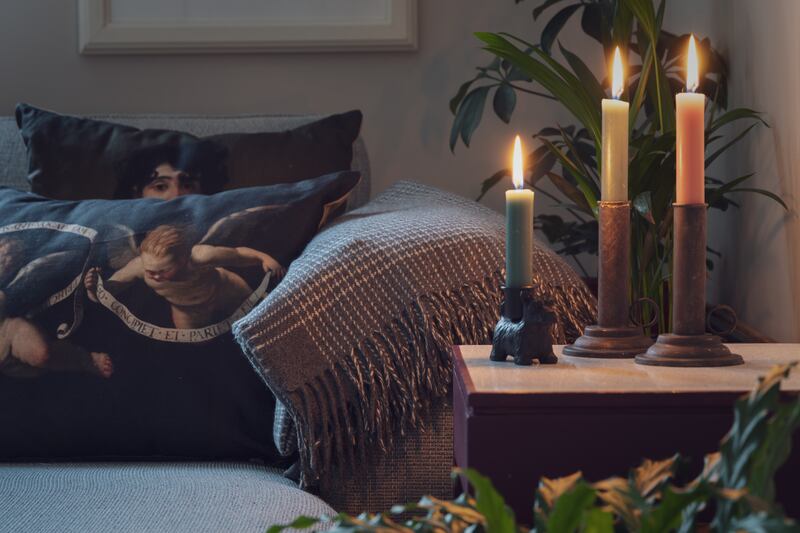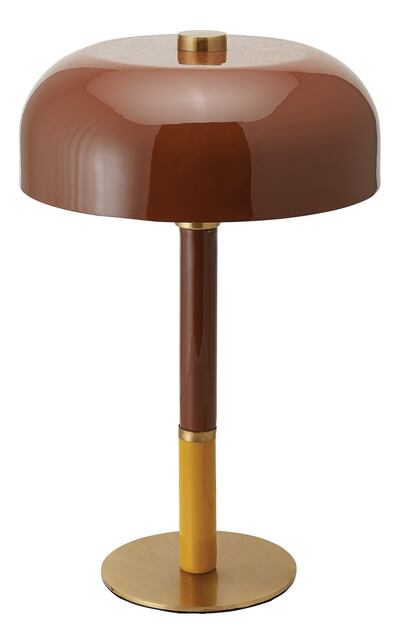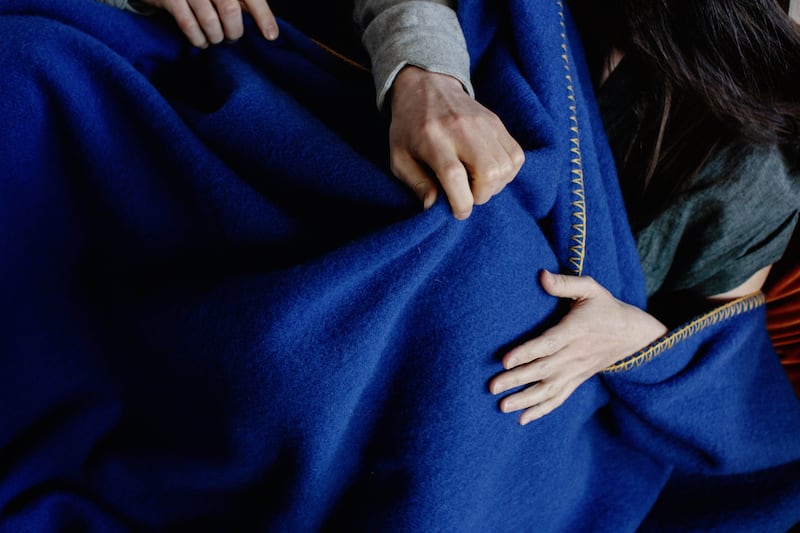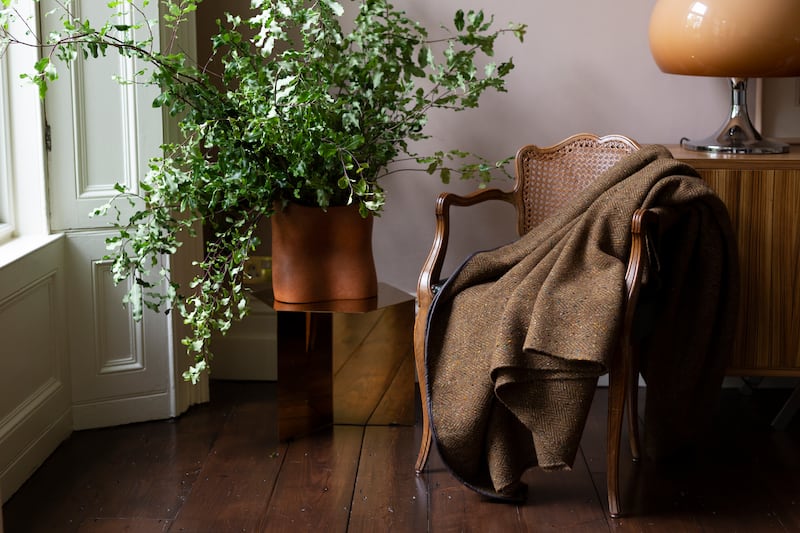The Scandinavians have the right word for staying comfortable and safe indoors when temperatures plummet outdoors, daylight hours dwindle (and heating bills soar). Hygge (pronounced hoo ga) is a traditional Danish and Norwegian concept, an idea about wellbeing in winter which has spread to other chilly climes and gained traction. From November until February, staying home and getting hygge is all about hunkering down during frosty days, surviving in warm and welcoming interiors, conserving energy.
The Swedes go even further with the concept calling it mys (pronounced mees) which has many meanings and connotations to do with comfort and cosiness. In general, soft textures and candlelight are key components — the Danes, for instance, burn the highest number of candles per head in the world. The very word cosy originally from old Scots coisie, is familiar in the English lexicon with “cosy up”, cosy down”, tea cosy” and so on. The Irish word for it is “cluthar” which sounds agreeably like clutter, the untidiness which minimalist interior designers strive to avoid.
Making interior spaces cosy can be done without spending a fortune or having to invest in underfloor heating or expensive thermal insulation. Small changes can have a big impact on making livingrooms snug sanctuaries as the days darken and the weather drives us indoors.
Architect and house consultant Eva Byrne of homeology.ie, who specialises in advising people on improving their living spaces, argues that everything begins with the layout.
“If a room looks inviting, you will feel invited. It is all to do with the way furniture is gathered — you don’t put the furniture, you place it, and each piece should talk to the other; it is a conscious decision to make. Irish people love shoving furniture against the wall. If you have a large room, that is not inviting,” she says.
Softness underfoot should be the first thing you feel entering a living or bedroom room on a winter’s evening. Even on a bare wooden floor, a sheepskin or shag pile rug is an instantly tactile way to dress it up
In terms of how to think of making a livingroom a haven, where the couch is placed is really important according to Byrne. “Where there is a fireplace, the main couch should be placed directly opposite that, not in front of a window — a common mistake — because that acts as a barrier. It is better to place individual chairs there instead”. After furniture, it’s all about layering and emphasis with rugs, cushions and throws.
Lighting can make or break a room. It is best to switch off overhead lights (use dimmer switches) and instead make judicious use of lamps — place them on tables, sideboards or credenzas, illuminate corners for reading or create pools of light with floor or pendant lamps.

Candles create an instantly intimate ambience and, grouped together (for a room without a fireplace) with or without lanterns, make a warm focal point. Always be aware of fire safety — never leave them unattended. We once left a candle burning on the mantelpiece decorated with Christmas cards and narrowly escaped a fire. A candle snuffer is a handy tool.
[ How to make your living room the star of your homeOpens in new window ]
Softness underfoot should be the first thing you feel entering a living or bedroom room on a winter’s evening. Even on a bare wooden floor, a sheepskin or shag pile rug is an instantly tactile way to dress it up. A rug can be an anchor point in a room and a leather couch needs large rugs with deep pile for sound absorption. Bear in mind that cushions slip off leather couches so best avoided.

Family photos grouped together add homely touches either on shelves or hung together on a wall space. Inexpensive wooden frames add unity to a diverse collection of shapes. Test arrangements with cut-out squares of paper tacked on the wall to see how they look together. Collections of objects work better displayed together in one place rather than scattered individually around the house.
Scented candles can be mood boosters though not all are partial to their charms. Too strong and they can overwhelm the room, too light and they are not noticeable
There’s nothing that says comfort like a blanket. Drape blankets and throws on sofas or armchairs to ramp up the cosy look and add scatter cushions in soft fabrics like velvet, wool or sheepskin bearing in mind the balance of colour and pattern. If upholstery is patterned, cushions should be plain and vice versa. (Danes apparently have winter as well summer cushions). A blanket or sheepskin rug on the lap is an extra cocoon if watching TV or a movie on a winter’s night; Byrne believes the bigger the cushion, the better.
[ Get into your comfort zone: Nine ways to cosy up your homeOpens in new window ]
A footstool well positioned near the fire is a good way to put your feet up in every sense, besides adding an extra seat in the room. A three-legged stool was once the most important piece of furniture in Irish cottages, often taken by emigrants on their long sea journeys to the United States. A footstool can also double as a small table, so has many uses.


Conventional wisdom is that warm tones make livingrooms more inviting, but colour is a personal choice. Byrne prefers neutral tones with colour added through artworks or a striking rug. Acoustics are also worth bearing in mind; thermal curtains help drown noise as well as insulate against draughts — windows can be draught proofed with draught excluders. As in fashion, layering plays a role in creating warmth in interiors and comfort in an all-enveloping space.
Finally, scent has its followers and scented candles can be mood boosters though not all are partial to their charms. Too strong and they can overwhelm the room, too light and they are not noticeable, but some are made with pleasing winter aromas of eucalyptus, amber, vetiver or pomander. An artfully positioned foliage display can add a final horticultural touch.
According to Linda Weir, author of a book called Cosy: The British Art of Comfort, “the more turbulent the [political] climate, the more we need solace in the things we can control ... and less dependence on costly material pleasures”.
With gentle lighting, soft furnishings, comfortable sofas, blankets and throws, those winter days may pass peacefully and harmoniously at home until the days start to lengthen again.





















